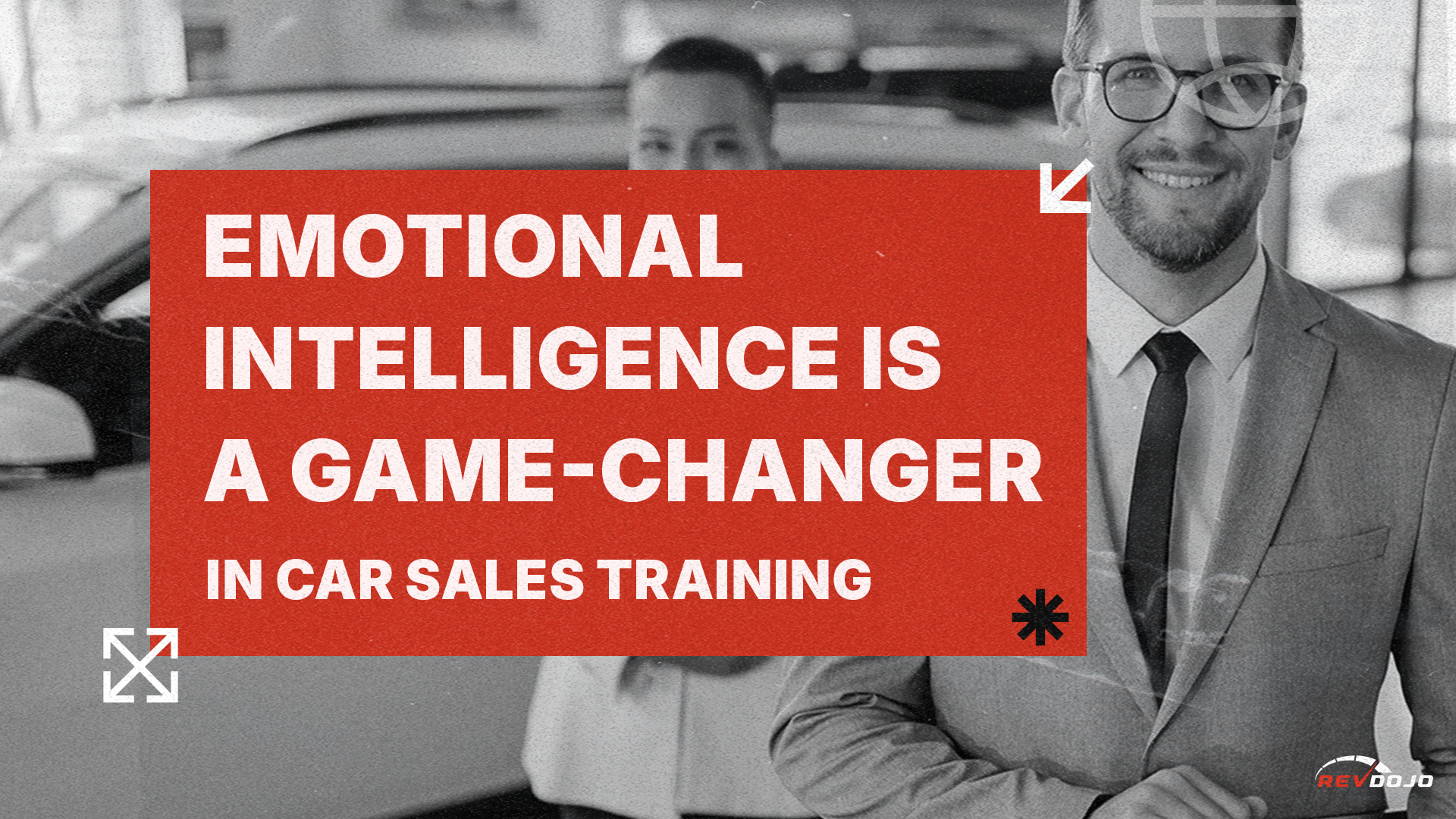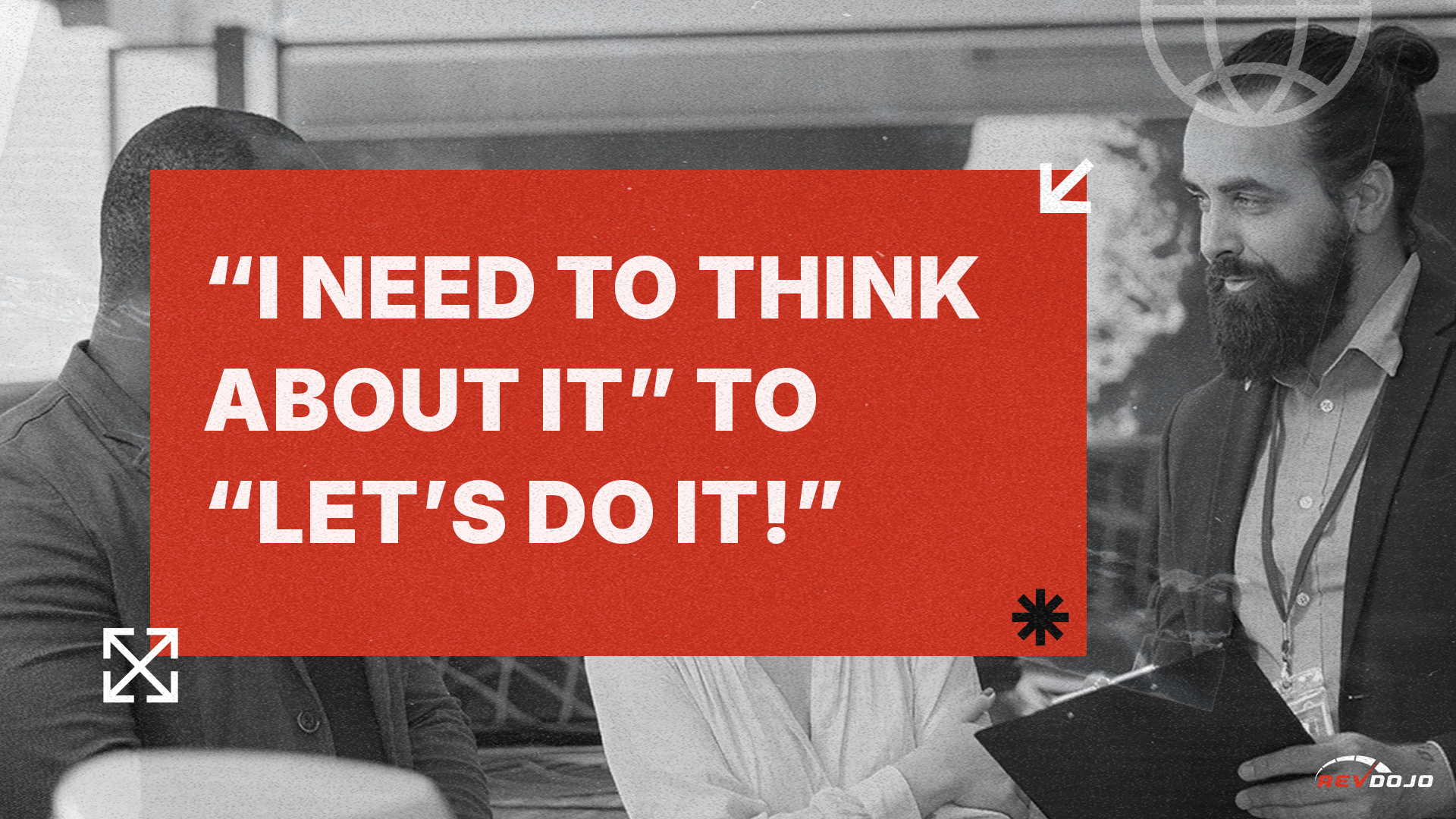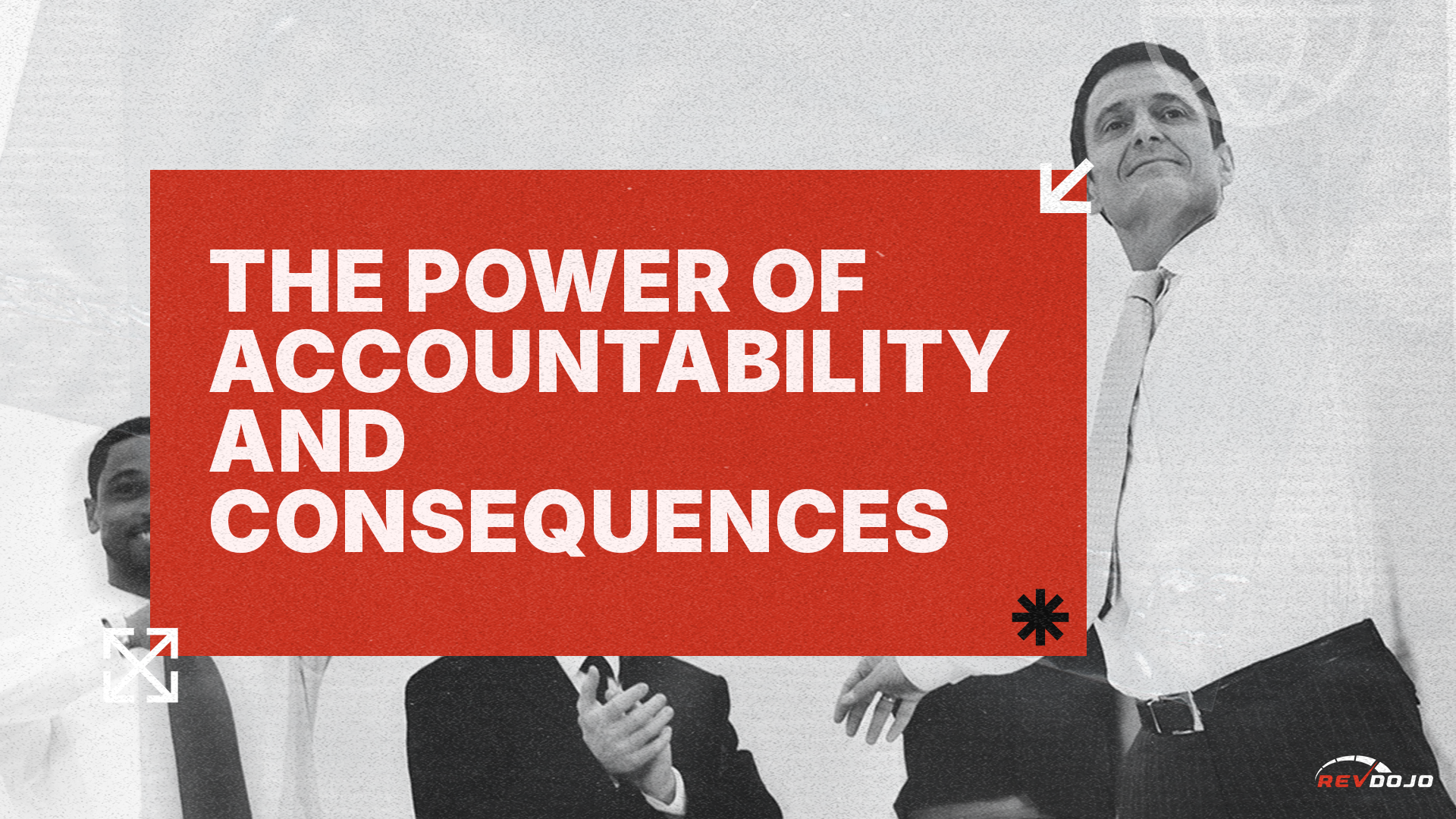Published 26 Sep 2023
What Do You Do When a Customer Says “No” | Automotive Sales | Unsold Showroom
VOTD
Video of the day
car sales training
sell more cars
Automotive Sales Training
Dealership Training
How to sell more cars
How to sell cars at a dealership
car salesman
car sales tips
how to sell cars
selling cars
sales training
car sales tricks
sell 30+ cars a month
In the world of automotive sales, encountering a customer who says "no" is an inevitable part of the journey. No matter how skilled and persuasive a salesperson may be, not every potential customer will make a purchase. This article delves into the art of handling rejection in the automotive sales industry, specifically in the context of unsold showroom situations. We will explore effective strategies and tips for turning a "no" into a potential "yes," all while maintaining a positive and professional demeanor.
Understanding the Customer's Perspective
Empathize with Their Decision
When a customer rejects an offer or walks away from a showroom, it's crucial to empathize with their decision. Understand that there can be various reasons behind their "no." Perhaps they have budget constraints, they're not ready to commit, or they simply need more time to make a decision. By acknowledging their perspective, you can build trust and rapport.
Listen Actively
Active listening is a skill that every automotive salesperson should master. When a customer says "no," listen attentively to their concerns and objections. Sometimes, their reasons for declining might reveal valuable insights that can guide your next steps.
Handling Rejection Gracefully
Maintain Professionalism
Regardless of the customer's response, always maintain professionalism. Losing your cool or pressuring the customer can lead to a damaged reputation and a lost sale. Remember, a negative experience can spread through word of mouth, potentially deterring other potential buyers.
Offer Alternatives
If a customer rejects a specific vehicle or deal, offer them alternatives within your showroom. By presenting options that align better with their needs and preferences, you may still be able to secure a sale.
Building Relationships for the Future
Collect Contact Information
Even if a customer leaves without making a purchase, don't let them walk away without collecting their contact information. This enables you to follow up with them in the future and potentially rekindle their interest.
Send Personalized Follow-ups
After the initial interaction, send personalized follow-up messages or emails to express your gratitude for their visit. Share additional information about the vehicles they were interested in and any ongoing promotions. This demonstrates your commitment to their satisfaction.
Conclusion
In the fast-paced world of automotive sales, learning to handle rejection gracefully is a valuable skill. Remember that a "no" today doesn't mean a "no" forever. By empathizing with the customer, actively listening to their concerns, and maintaining professionalism, you can increase your chances of turning a rejection into a future sale.
Frequently Asked Questions
-
Is it common for customers to say "no" in automotive sales? Yes, it's a common occurrence in the industry. Not every potential customer will make a purchase on their first visit.
-
How can I overcome objections when a customer says "no"? Actively listen to their concerns, offer alternatives, and stay professional. Building a relationship and following up can also help.
-
Should I pressure a customer who says "no" to change their mind? No, pressuring customers is not advisable. It can lead to a negative experience and damage your reputation.
-
What should I do if a customer leaves without providing their contact information? Try to collect contact information before they leave, but if you can't, make notes and try to identify them through other means, such as social media or dealership records.
-
How long should I wait before following up with a customer who said "no"? It's best to follow up within a few days to a week, depending on the customer's initial level of interest.
All blog posts

Automotive Digital Marketing for Car Dealerships: A Complete 2025 Guide

Emotional Intelligence is a Game-Changer in Car Sales Training

From 'I Need to Think About It' to 'Let’s Do It

From Showroom to Sold: The Psychology of Nurturing Car Sales Leads

The Role of Customer Experience in Closing More Automotive Sales

Top-Rated Automotive Internet Sales Training for Dealership Teams

Why Dealerships With Good Car Inventory Win (And How to Make Sure Yours Does)

Driving Sales Success: The Power of Accountability and Consequences in Automotive Sales Training

Top 10 Automotive Sales Tips to Turn Cold Leads into Hot Prospects

From Rookie to Rockstar: How RevDojo Transforms Car Sales Careers
RevDojo is the all-in-one solution for automotive businesses looking to thrive in today's competitive market.
© 2024 Revdojo. All rights reserved.